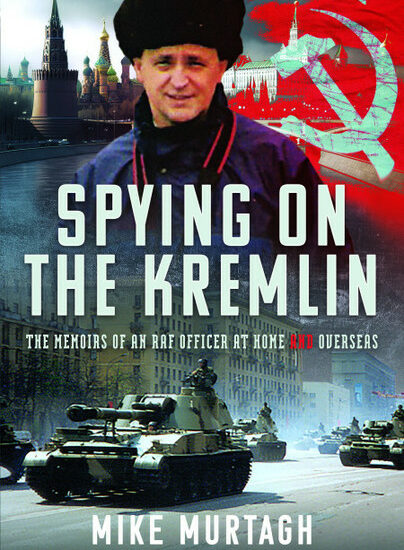Author Guest Post: Simon Thomas
The Real Charles Dickens
By Simon Thomas, co-author of a new book, The Real Charles Dickens, published by White Owl, 30 January 2025

In The Real Charles Dickens, my co-writer Stephen Browning and I take a look at the life and works of one of England’s greatest writers, taking in some of the less well-documented areas of an incredibly full and productive life. From a difficult childhood, centred on his employment at the age of 12 at Warren’s Blacking Factory in London, his father’s shameful incarceration in the infamous Marshalsea prison, through an often difficult marriage, we track his rise to fame and fortune and the trials and tribulations of his relationships with wife and mistress.


There are less well-known aspects of his life. His first trip to America in 1842 is often told in hyperbolic style – he was greeted on the quayside by cheering crowds who lifted him onto their shoulders, followed by gala dinners where he was feted by the good and the great of the new world – but his own words on the subject are more sober and less centred on his personal triumphs.
Instead he explored the more ordinary aspects of the country. He visited factories, insane asylums, prisons and workhouses, meeting real people and hearing their stories. For him, part of this journey was a continuation of the pioneering social work he was doing at home, both in his novels and his charitable activities. He recounts his travels in his characteristically riveting style and is never dull, no matter how mundane the subject matter.
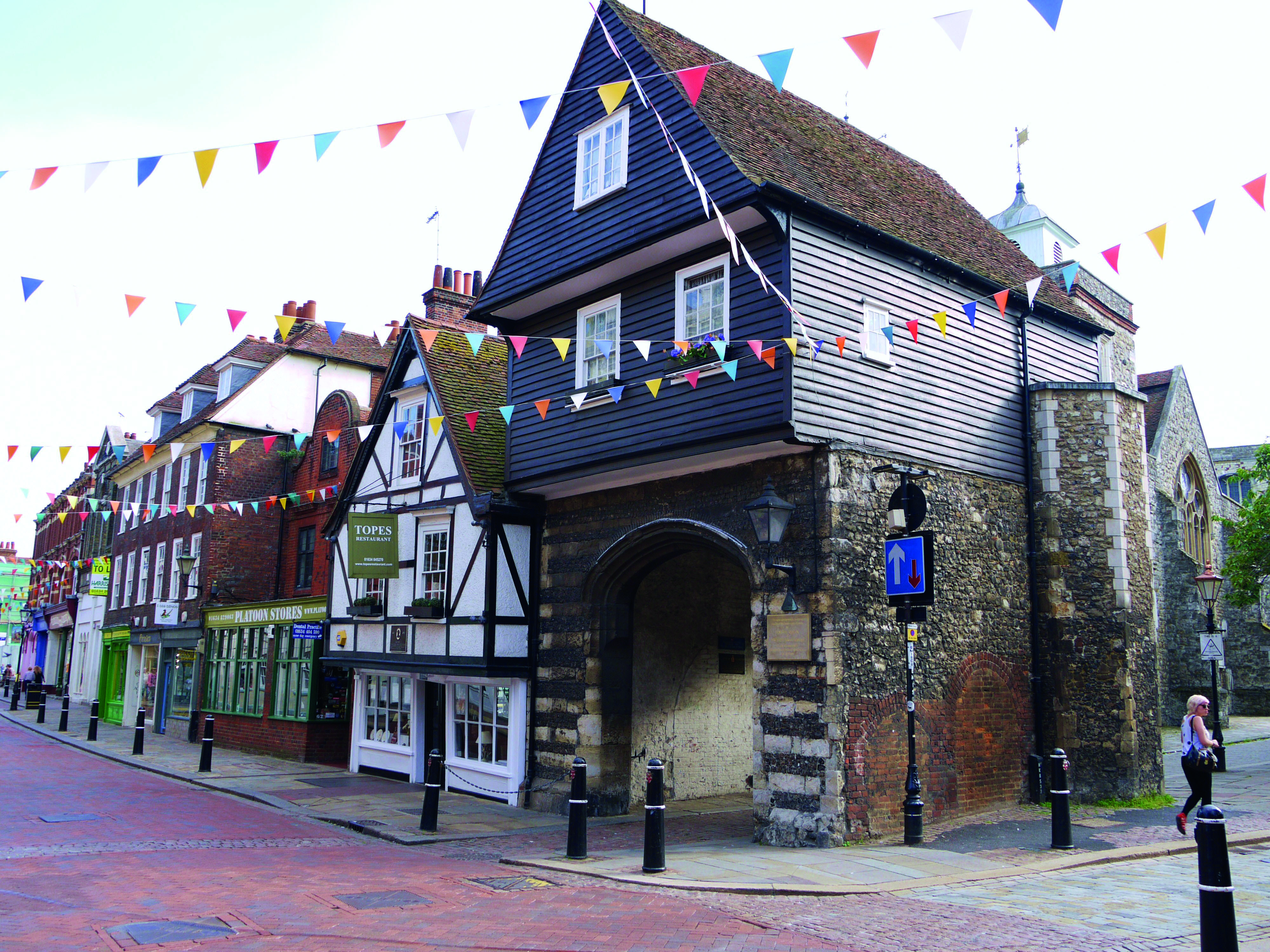
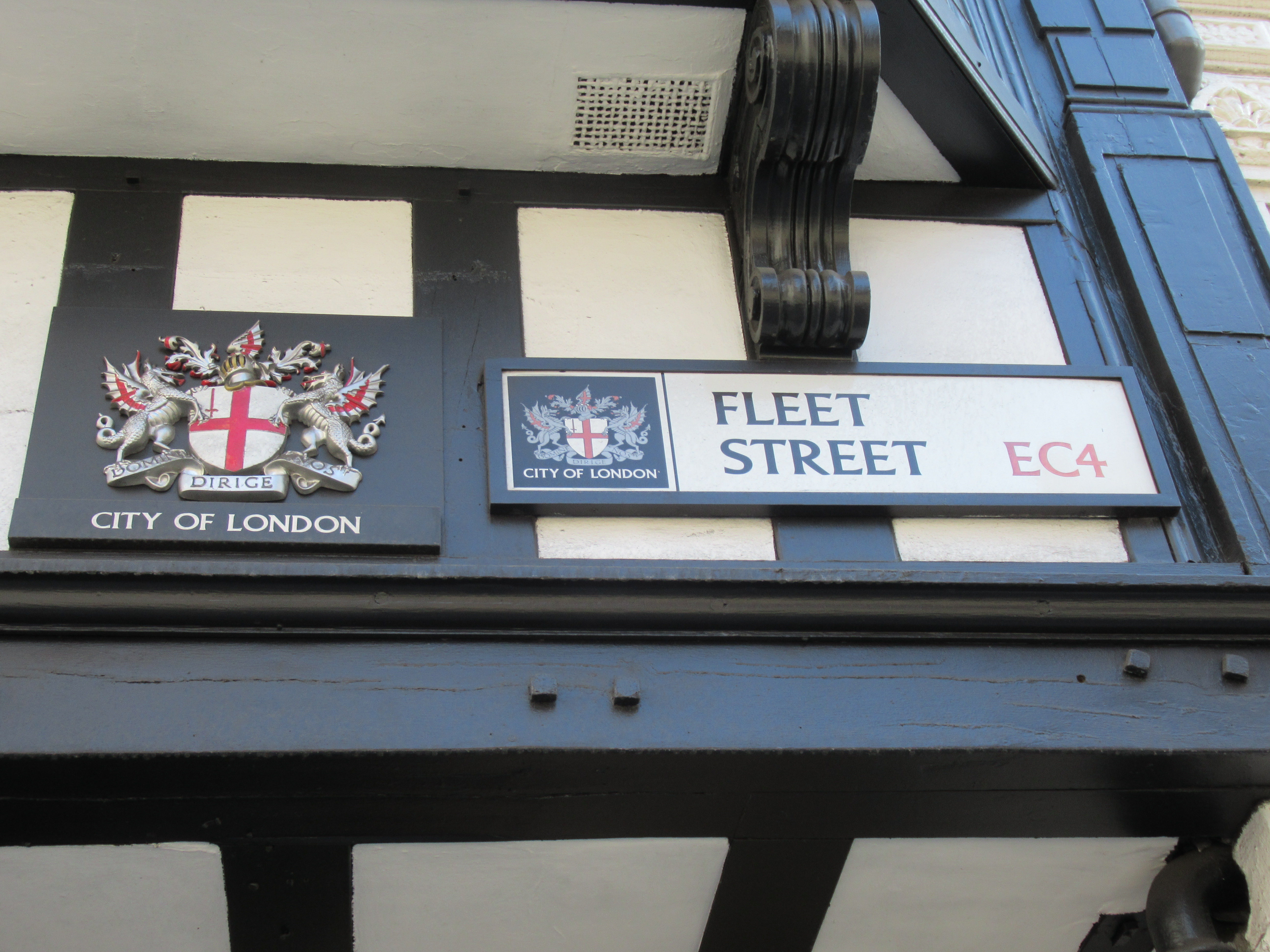
Dickens lived for a year in Genoa, Italy and, again, his writings on the subject show the quotidian life of a visitor from overseas to the colourful and fascinating country that was his temporary home. He delighted in touring the major cities of Italy and recording his impressions of their life and culture.
We have given careful attention to each of his novels, tracing his developing style over the course of three and a half decades. Each book is given a separate section, in which we explore his working method, style and the the plots and characters summoned up by his marvellous imagination.

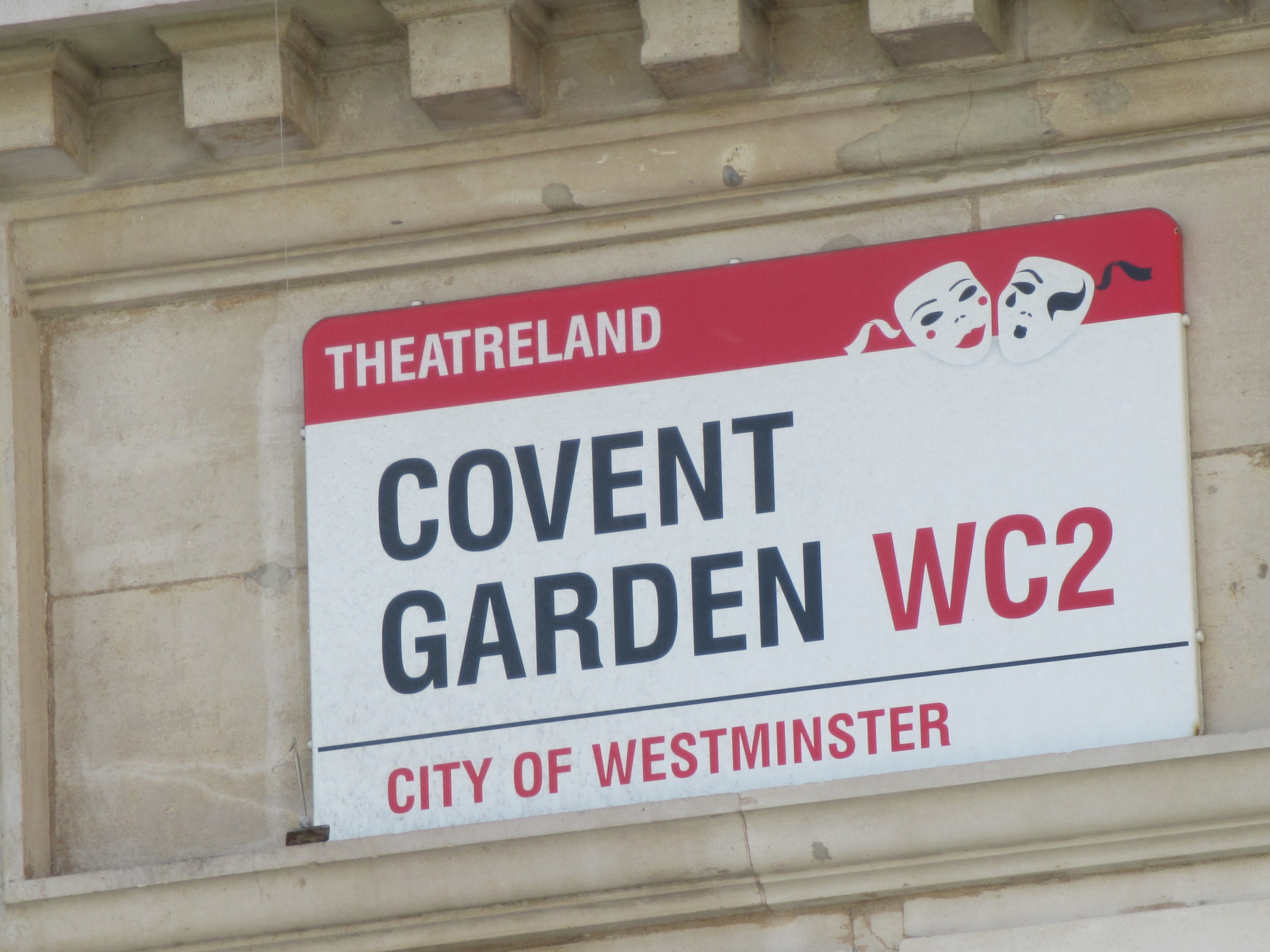
Dickens died at the age of just 58, a short life but one crammed with incident. Here are a few facts about him that you may or may not know:
1. Dickens might have been an actor instead of a writer
Dickens had a lifetime love of the theatre and we include a section on this enduring relationship that went from toy theatres in his early childhood to huge halls filled with people eager to see him perform extracts from his works. At the age of 20 he even had an audition for the Covent Garden Theatre and it was only a cold on the day that prevented him from attending. Had he been successful, he might have died a penniless actor, rather than one of the greatest novelists of all time.
2. Dickens had a LOT of children
It was not unusual for Victorian couples to have many children and Charles and Catherine Dickens were no exception. They had 10 children between them and were fortunate enough to lose only one of them in early childhood, at a time when child mortality was frighteningly high. Some of the Dickens children went on to have distinguished careers of their own. Two went to Australia, one of them (Edward) becoming an MP there. Within the family, most of the 10 children had nicknames such as “Lucifer Box,” “Young Skull,” “Chickenstalker” and “Plorn.” The last of them to survive was Henry, who became a judge and was knighted, the most successful of the Dickens children. He was killed in a road accident well into the twentieth century, in 1933.
3. Dickens was drawn to the macabre
Although he is well-known as a writer of ghost stories (A Christmas Carol the most famous) and his last novel was a full-blown murder mystery, Dickens’ fiction is not particularly macabre. There are plenty of deaths, often of young children, with bodies pulled from murky waters and a number of murders, but this aspect of his stories is never explicit or sensationalised. In his personal life, though, Dickens was very drawn to the macabre and he often noted this in his journalism and other non-fiction writing. He regularly visited morgues to see the bodies and even once attended the hanging of a criminal which he described in some detail.
4. Dickens was a prolific walker
Despite his punishing schedule as a writer, Dickens found time for extensive walks and this was one of his favourite pastimes. He often used to walk at night and on one occasion, in an agitated state, he walked the whole distance from his home in London to his country property in Kent. It was a dark October night and the distance some 30 miles. You can literally follow in Dickens’ footsteps (not all the way from London to Rochester though!) in the section of the book titled “Out and About with Dickens in London.” Stephen Browning has put together some expertly-planned walks that will take you around the many locations associated with Dickens in the centre of the capital, offering many fascinating literary facts along the way.
5. Dickens was a brilliant businessman
Dickens was not just a genius of the imagination; he was also an absolute stickler in his business affairs. He was ruthless in the drawing up of contracts and would rid himself of publishers or other associates when he was not satisfied with a deal. Copyright was something he obsessed about because, with no laws in place at the time to protect authors, he was highly vulnerable to other people stealing his ideas or actual words. There were numerous stage productions of his work produced without his knowledge or approval and he was infuriated at the loss of income. Fighting to improve authors’ rights made him unpopular at times, particularly in America where the situation was something of a free-for-all. Dickens’ careful handling of his finances, as much as his wonderful artistry, helped make him a very rich man.
These are just a few aspects of a multifaceted man, who, like all of us, had his faults as well as his strengths. He fought his way from unpromising beginnings to become a pillar of Victorian society and, as with many of his contemporaries, had secrets that didn’t see the light of day until well after his death but he’ll always be remembered as one of the best-loved storytellers of his and all time.
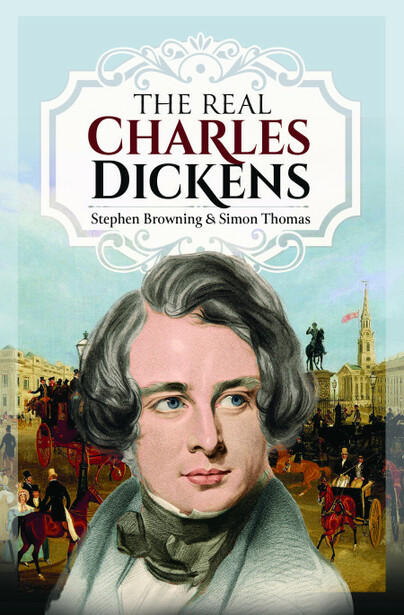
Preorder your copy here.
